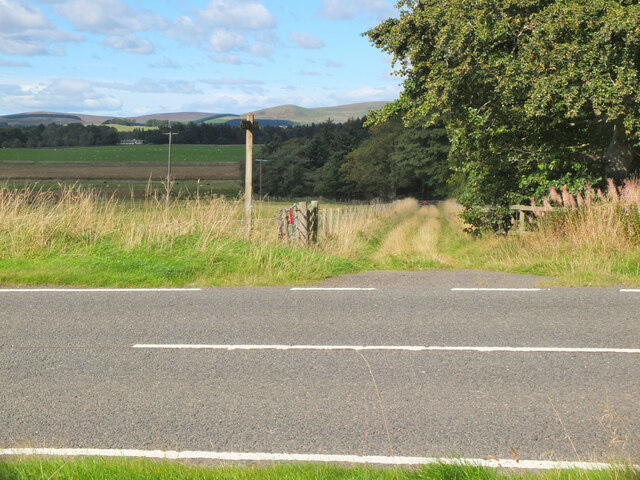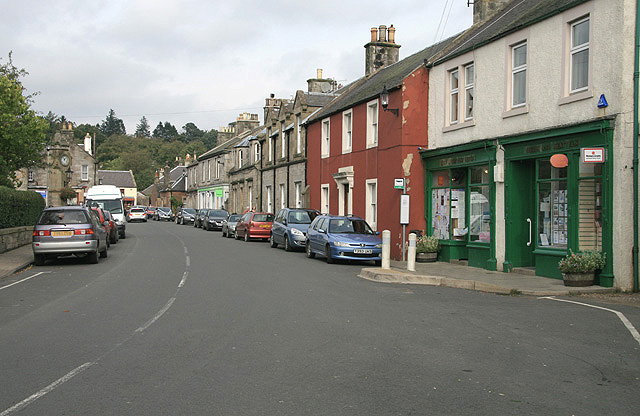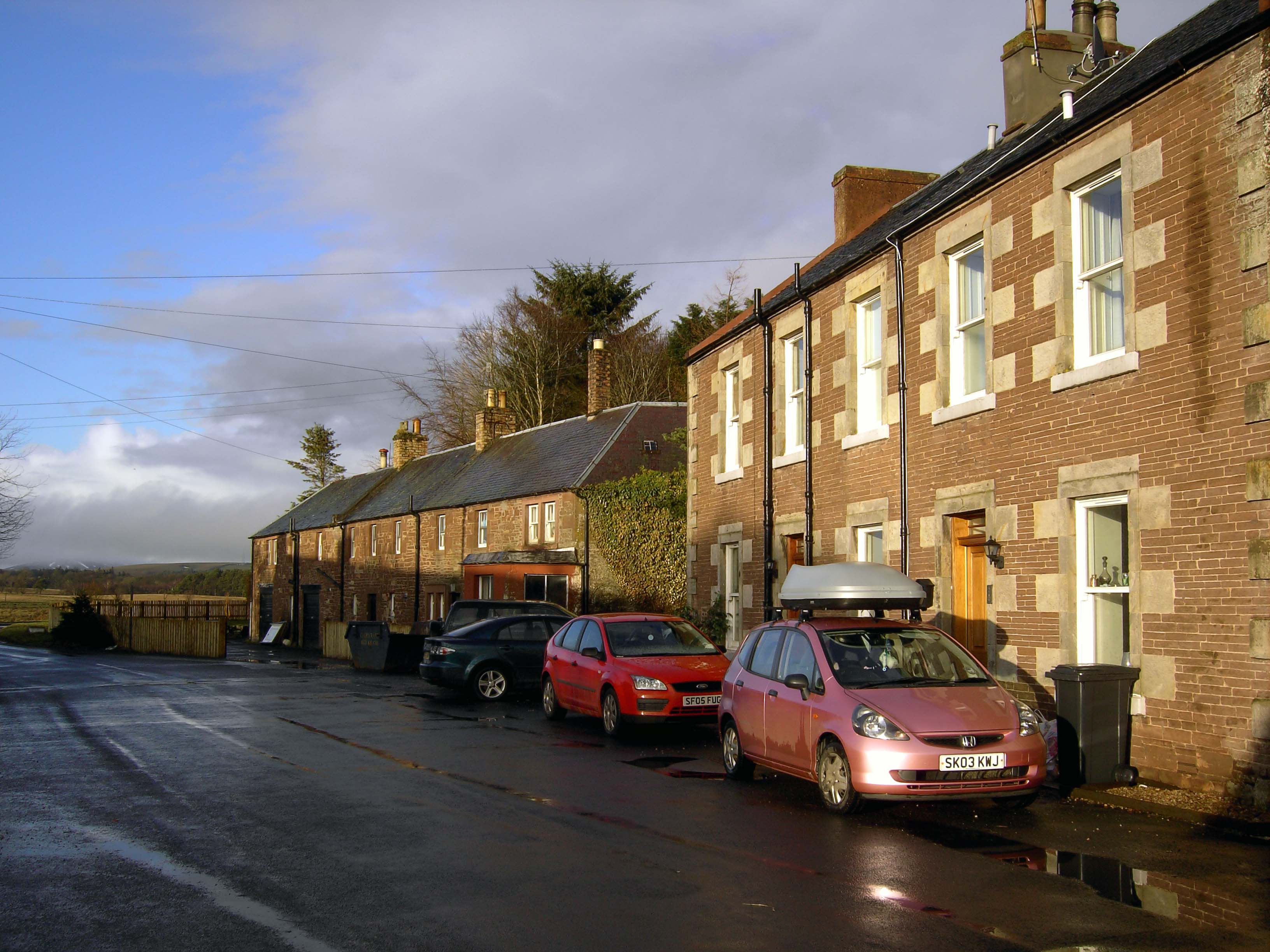Broomlee Hill
Hill, Mountain in Peeblesshire
Scotland
Broomlee Hill

Broomlee Hill is a prominent hill located in Peeblesshire, Scotland. Situated near the town of West Linton, it is part of the stunning Pentland Hills range. With an elevation of approximately 488 meters (1,601 feet), Broomlee Hill offers breathtaking panoramic views of the surrounding countryside.
The hill is primarily covered in heather and grass, creating a picturesque landscape that changes with the seasons. It is a popular destination for outdoor enthusiasts, hikers, and nature lovers, who can explore its rugged terrain and enjoy the tranquility of the area. Broomlee Hill is also home to a variety of wildlife, including birds such as buzzards and kestrels, as well as deer and rabbits.
The hill is easily accessible via well-maintained paths that lead to the summit, making it a suitable destination for people of all fitness levels. From the top, visitors are rewarded with far-reaching vistas of the Pentland Hills, the Tweed Valley, and the rolling countryside of Peeblesshire. On clear days, it is even possible to catch a glimpse of the majestic Edinburgh skyline in the distance.
Broomlee Hill is a place of natural beauty and tranquility, offering visitors the opportunity to connect with nature and escape the hustle and bustle of everyday life. Whether one seeks a challenging hike or a peaceful retreat, this hill provides a memorable experience for all who venture to its summit.
If you have any feedback on the listing, please let us know in the comments section below.
Broomlee Hill Images
Images are sourced within 2km of 55.744596/-3.3321385 or Grid Reference NT1650. Thanks to Geograph Open Source API. All images are credited.



Broomlee Hill is located at Grid Ref: NT1650 (Lat: 55.744596, Lng: -3.3321385)
Unitary Authority: The Scottish Borders
Police Authority: The Lothians and Scottish Borders
What 3 Words
///blossom.ambushed.envoy. Near West Linton, Scottish Borders
Nearby Locations
Related Wikis
Broomlee railway station
Broomlee railway station served the village of West Linton, Peeblesshire, Scotland, from 1864 to 1933 on the Leadburn, Linton and Dolphinton Railway....
West Linton
West Linton (Scottish Gaelic: Liontan Ruairidh) is a village and civil parish in southern Scotland, on the A702. It was formerly in the county of Peeblesshire...
Macbie Hill railway station
Macbie Hill railway station served the hamlet of Coalyburn, Peeblesshire, Scotland, from 1864 to 1933 on the Leadburn, Linton and Dolphinton Railway....
Romannobridge
Romanno Bridge is a village on the Lyne Water, on the A701, in the Scottish Borders area of Scotland. Settlements nearby include West Linton, Halmyre,...
Nearby Amenities
Located within 500m of 55.744596,-3.3321385Have you been to Broomlee Hill?
Leave your review of Broomlee Hill below (or comments, questions and feedback).
















